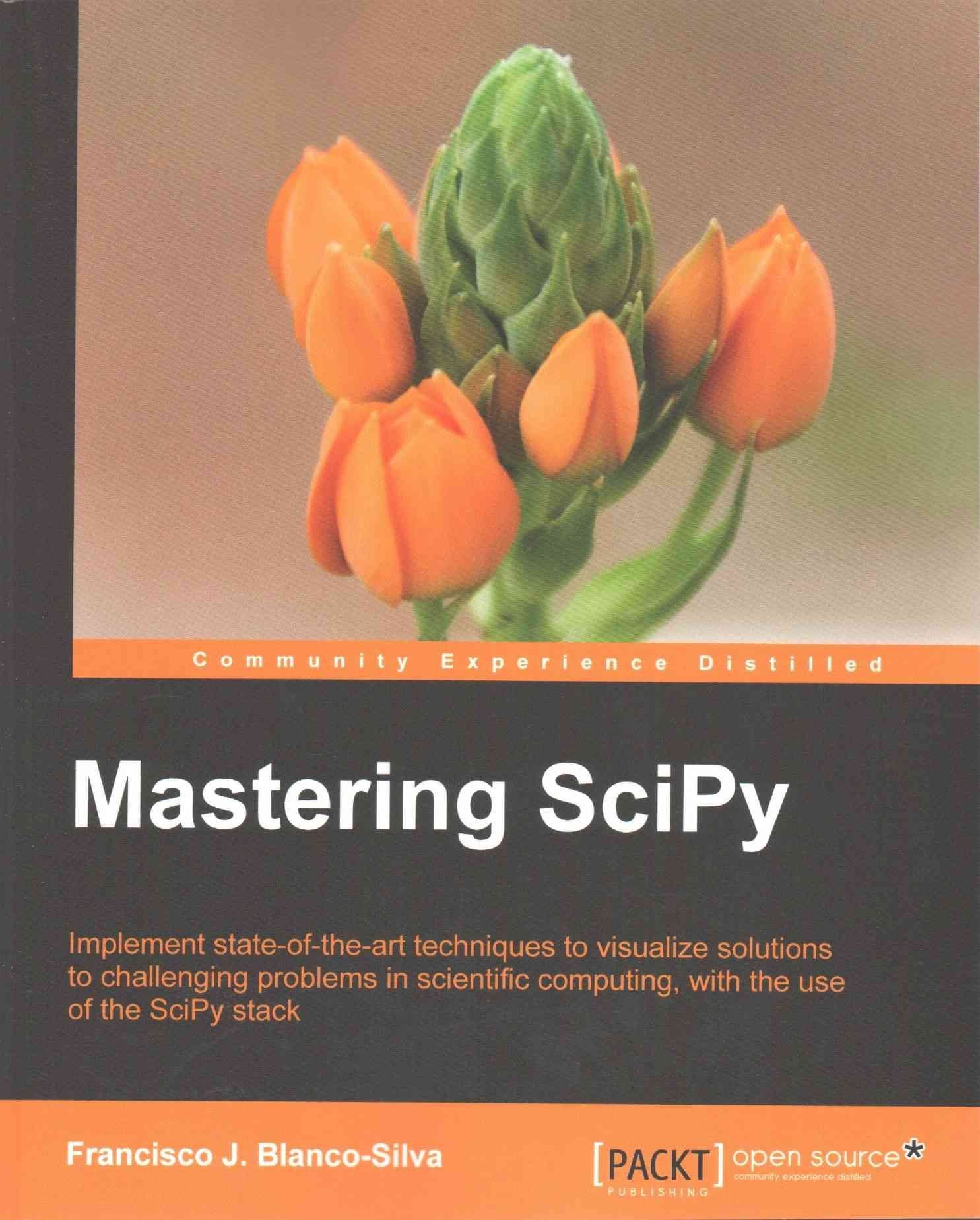Implement state-of-the-art techniques to visualize solutions to challenging problems in scientific computing, with the use of the SciPy stack About This BookMaster the theory and algorithms behind numerical recipes and how they can be applied to real-world problemsLearn to combine the most appropriate built-in functions from the SciPy stack by understanding the connection between the sources of your problem, volume of data, or computer architectureA comprehensive coverage of all the mathematical techniques needed to solvethe presented topics, with a discussion of the relevant algorithms built in the SciPy stackWho This Book Is ForIf you are a mathematician, engineer, or computer scientist with a proficiency in Python and familiarity with IPython, this is the book for you. Some basic knowledge of numerical methods in scientific computing would be helpful. What You Will LearnMaster relevant algorithms used in symbolic or numerical mathematics to address approximation, interpolation, differentiation, integration, root-finding, and optimization of scalar or multi-variate functionsDevelop different algorithms and strategies to efficiently store and manipulate large matrices of data, in particular to solve systems of linear equations, or compute their eigenvalues/eigenvectorsUnderstand how to model physical problems with systems of differential equations and distinguish the factors that dictate the strategies to solve themPerform statistical analysis, hypothesis test design and resolution, or data mining at a higher level, and apply them to real-life problems in the field of data analysisGain insights on the power of distances, Delaunay triangulations and Voronoi diagrams for Computational Geometry, and apply them to various engineering problemsFamiliarize yourself with different techniques in signal/image processing, including filtering audio, images, or video to extract information, features, or remove componentsIn DetailThe SciPy stack is a collection of open sou …












